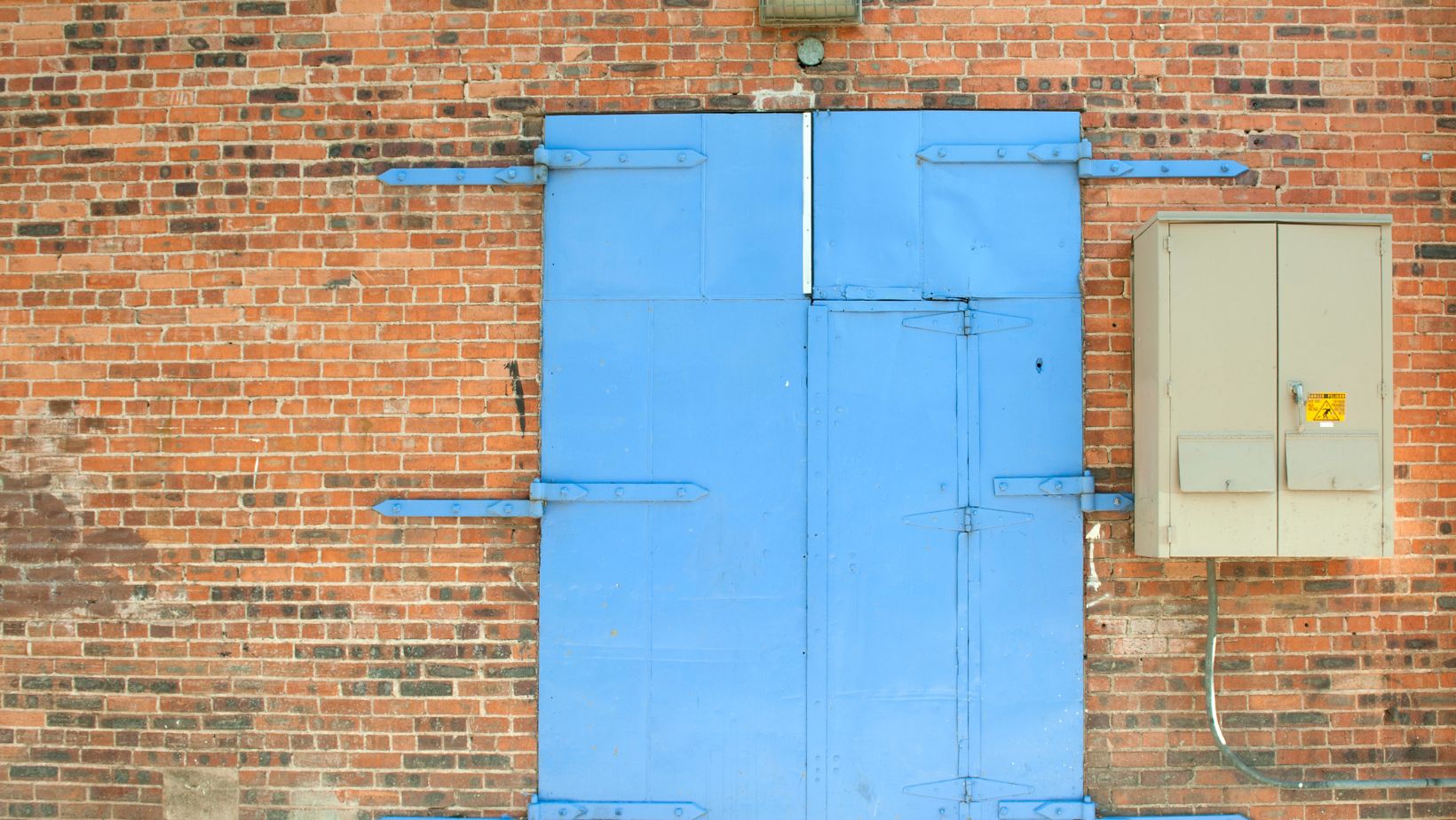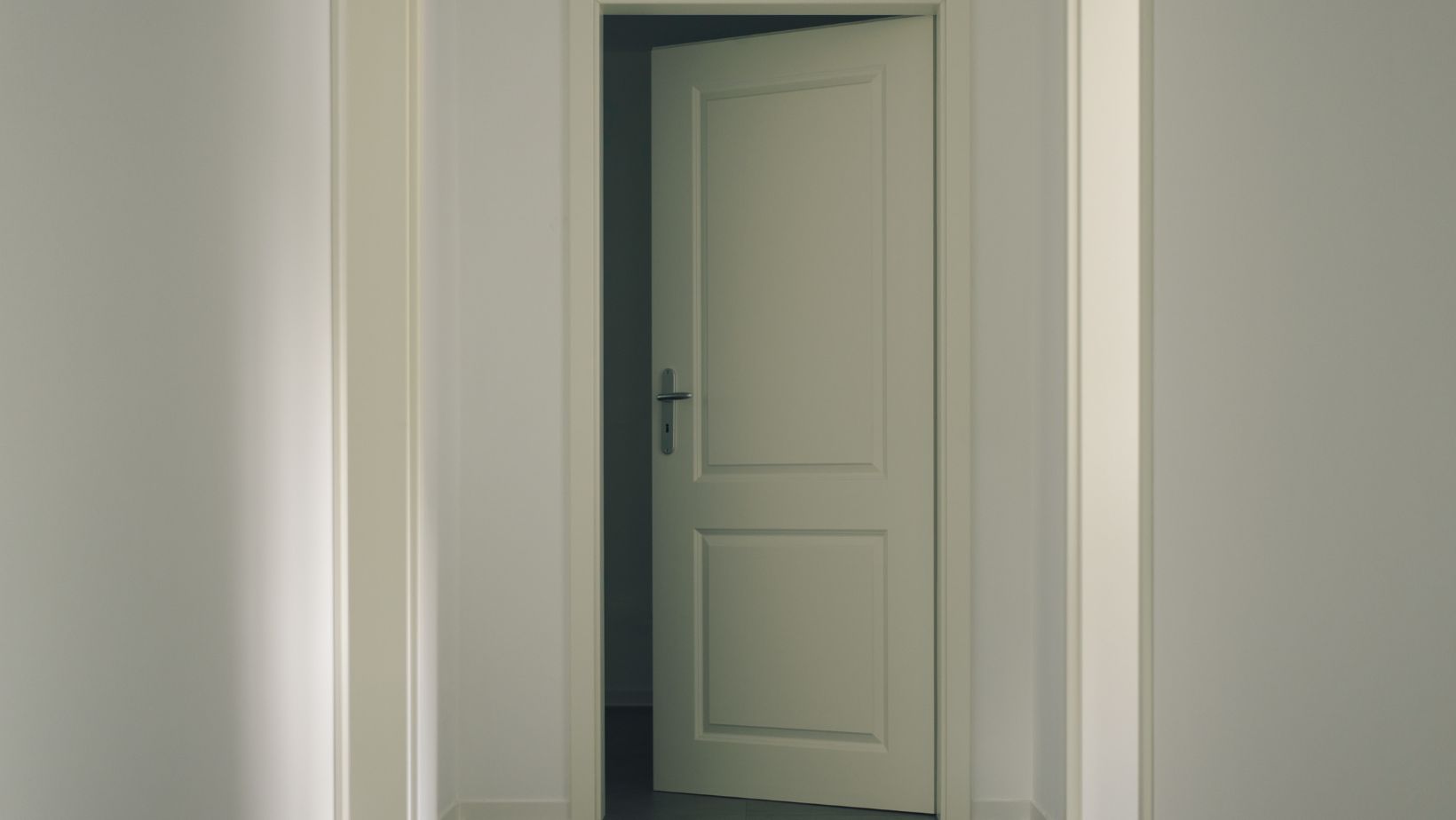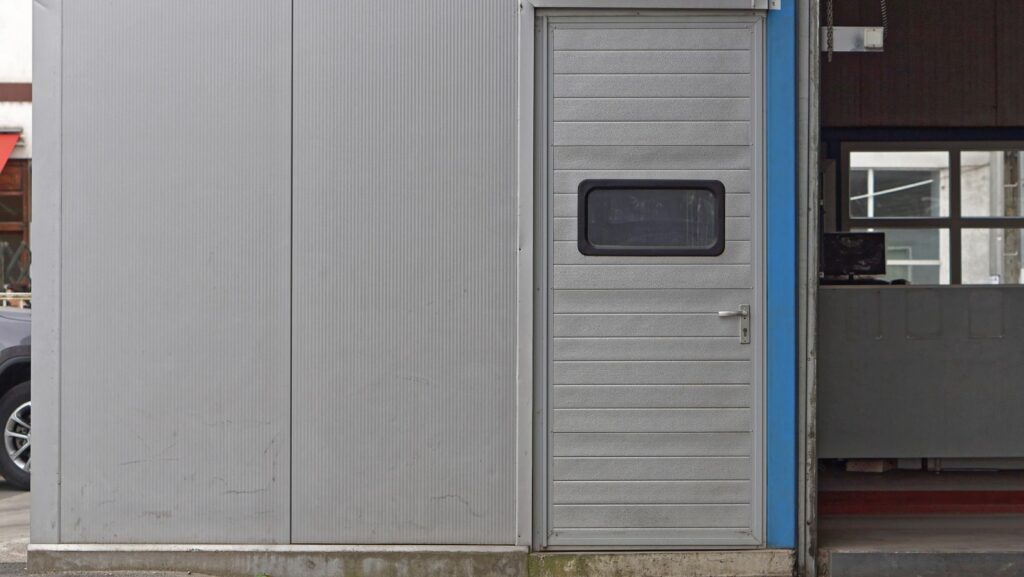Concealing utility systems like pipes, electrical wires, and air ducts is key to maintaining a clean and organized project. While essential, exposed elements can detract from a property’s appeal. Wall access doors offer a practical way to keep these systems hidden while still allowing easy access when needed.
In this article, we’ll explore how access doors enhance both the value and style of a space by hiding utilities.
Table of Contents
ToggleWhy Hide Utilities?
Utility systems, like plumbing pipes and electrical wires, are found in almost every project. While they keep things running smoothly, visible systems can harm the area’s overall look. Hiding them behind a wall access door offers a practical solution.
Beyond aesthetics, here are the reasons why hiding utilities with access doors is important:
- Improved Safety – Keeping utilities tucked behind access doors helps reduce the risk of accidents. Open wires, pipes, or other systems can be hazardous, especially in high-traffic areas. Wall access doors provide a barrier that ensures the area remains safer and more organized.
- Enhanced Security – Many access doors have secure locking mechanisms that prevent unauthorized access to sensitive areas like electrical panels or communication systems. This added layer of security helps safeguard the place from potential tampering or accidental damage.
- Easy Access for Maintenance – Although utilities are hidden behind access doors, they are easily reachable for repairs, inspections, or upgrades. This allows professionals to inspect the systems without causing damage, keeping maintenance simple and efficient.
How to Choose the Right Wall Access Door
Selecting the perfect wall access door involves careful consideration of several key factors. Each aspect will decide how well the door meets project needs in terms of functionality, appearance, and overall ease of use. Here’s a deeper dive into what to keep in mind:
Size of the Utility Area
The first and most critical step in choosing a wall access door is measuring the area that needs to be covered. Ensuring the correct size is essential because if the door is too small, it won’t fully cover the utilities. It also might not provide enough access when repairs or inspections are needed.
On the other hand, a door that’s too large can be more difficult to install and may look awkward or out of place. This can disrupt the clean look you’re aiming for. Accurate measurements help prevent these issues, ensuring the door fits properly and works smoothly.
Material
The material of the wall access door plays a big role in its durability and suitability for the environment in which it’s installed. For example, steel access doors are often preferred for areas that experience heavy use or require higher security. Steel is robust and long-lasting, making it ideal for industrial settings or locations where the door will be opened frequently or might face impacts.

Meanwhile, lighter materials like aluminum offer a more cost-effective solution for lighter-duty applications.
Ease of Use
The convenience of accessing utilities is an essential consideration when selecting a wall access door. Different doors come with various mechanisms, which affect how easily they can be used.
Some doors are equipped with hinges that allow quick and simple access, making it easier to reach hidden systems. This ease of use is especially helpful in areas where frequent access is needed for maintenance or repairs.
Security Needs
Depending on the utilities being concealed, security could be a key factor. Certain access doors are equipped with locking mechanisms to restrict unauthorized access. This is especially crucial for electrical panels, sensitive data cables, or other systems that require limited access.
There are various lock options, from simple latches to more systems, depending on the level of security needed. Opting for a wall access door with advanced security features ensures that vital systems are safe.
Budget
Cost is always a factor in any project, and wall access doors come in various prices depending on the material, size, and features. At the same time, it might be tempting to opt for the most affordable option, balancing cost with durability and functionality matters.

Choosing a door based solely on price can lead to issues down the road, such as needing repairs or replacements sooner than expected. Investing in a durable door can save money by reducing maintenance costs and ensuring the door lasts for years.
To Sum Up
Hiding utilities with wall access doors is an easy and effective way to support a clean and organized look in any project. These doors provide functionality and aesthetic value with various styles and options.
